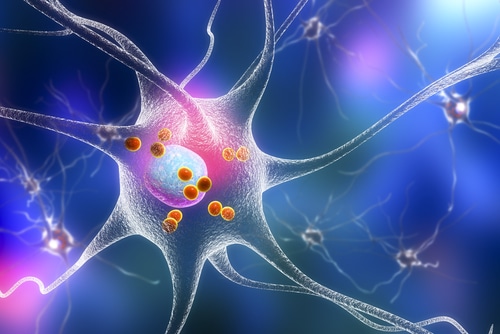University of Cambridge and Lund University researchers have devised a strategy to target the cause of Alzheimer’s leading to possible hope of new drugs to be developed for the treatment of dementia. This is the first known systematic method developed to go after these pathogens that has been proposed which have recently been identified as small clumps of oligomer proteins, the team says they have developed a strategy to aim drugs at these toxic particles.
Within the UK alone dementia is a leading cause of death the cost of which is expected to more than double from £26 billion to £55 billion in the next 25 years with the oncoming silver tsunami of aging populations. Global estimates put the cost of dementia to a trillion dollars annually.
Alzheimer’s disease leads to tissue loss and death of nerve cells throughout the brain; overtime the brain shrinks and cell destruction causes personality changes, memory failure, and issues carrying out normal day to day activities.
Abnormal deposits of oligomer proteins have been identified as likely suspects of the cause of dementia. Proteins are normally responsible for important processes, but these proteins become rogue forming clumps which kill healthy nerve cells with Alzheimer’s. To function noramlly proteins must fold into specific structures, when this fails cells have serious misfolding problems causing dangerous deposits to form which the brain can’t get rid of that can cause dementia. Misfolded proteins can form abnormal plaque clusters that build up between nerve cells stopping proper signalling. Dying nerve cells contain tangles that are twisted strands of proteins which destroy vital cell transport systems used to deliver nutrients and other vital supplies.
Healthy brains contain aggregates in a household recycling control system that disposes of potentially dangerous protein masses. With aging the brain becomes less able to remove the deposits which leads to disease.
Approximately 400 clinical trials have been conducted for Alzheimer’s disease, none of them have specifically targeted the pathogens, and have focussed on finding drugs to modify the disease yielding a handful of drugs which only treat the symptoms not its onset and progression. Based on the conceptual step of identifying oligomers as pathogens, this work reports a method to systematically develop a compound to target them which may enable development of new drug discovery strategies, however the development of drugs includes further studies, clinical trials and regulatory approval.
First drug candidates may reach clinical trials in as little as 2 years. The team has co-founded Wren Therapeutics and is excited about potential of kinetics for drug discovery against protein misfolding diseases. Aggregation processes are highly dynamic, the framework of kinetics allows for approaching the issues in new ways and find methods to stop generation of toxic proteins species at their source. This advance and breakthrough is most welcome by medical experts worldwide. With no known treatments to slow or stop such diseases it is vital to improve approaches with detailed academic studies such as this to help refine drug discovery and accelerate new treatments.




